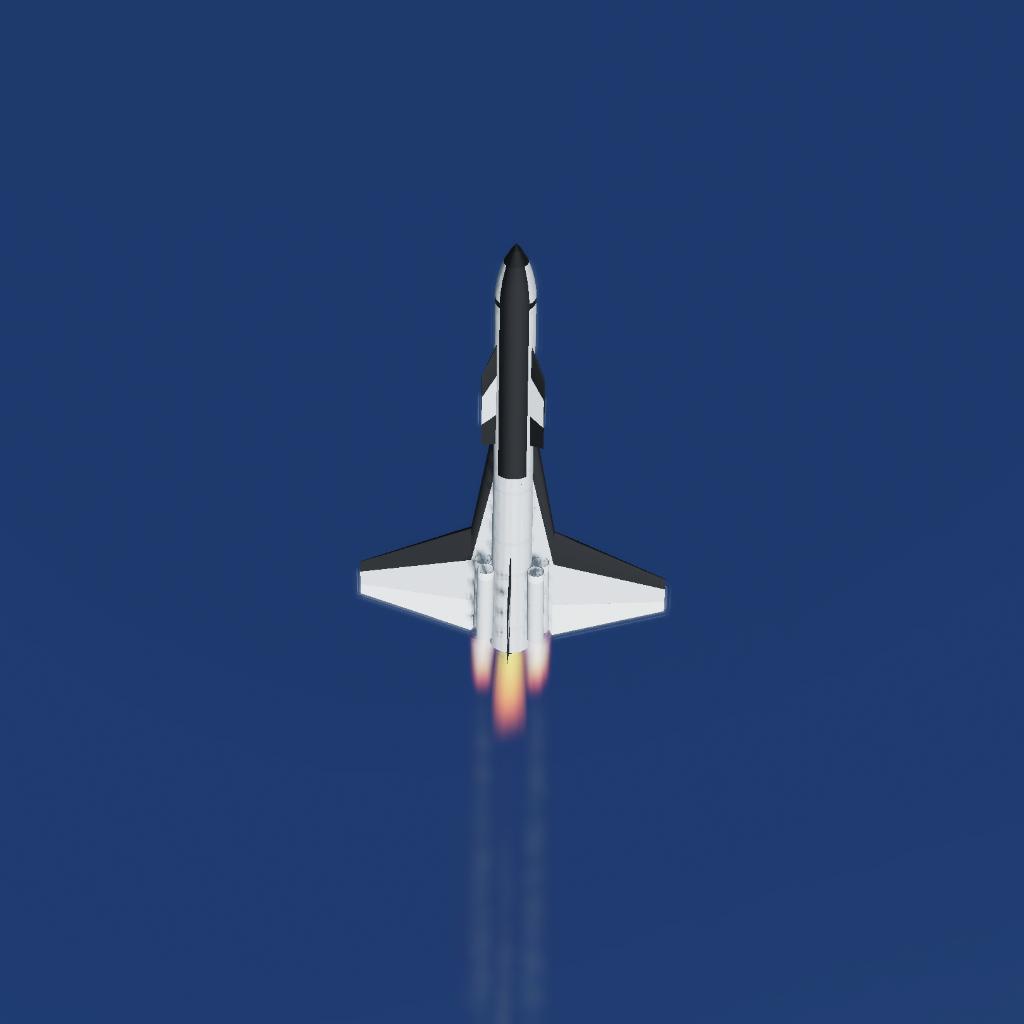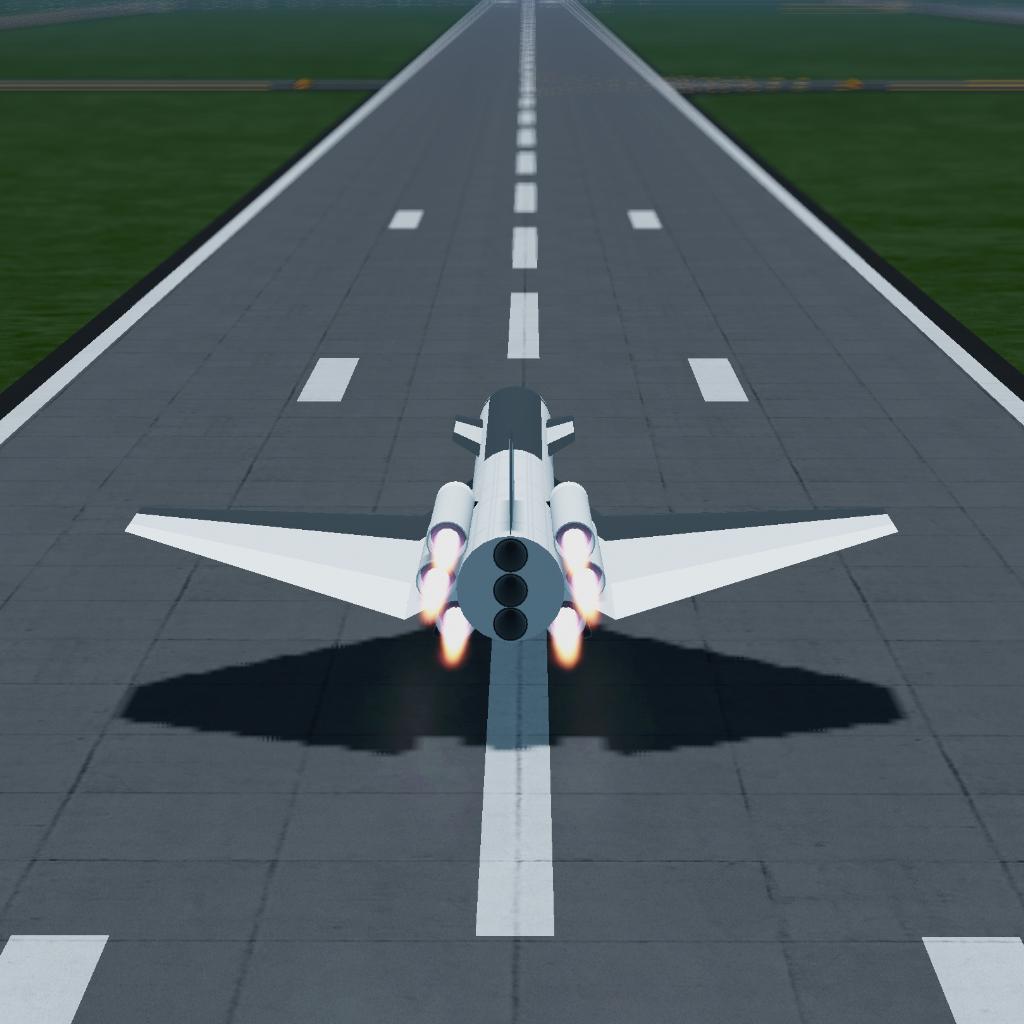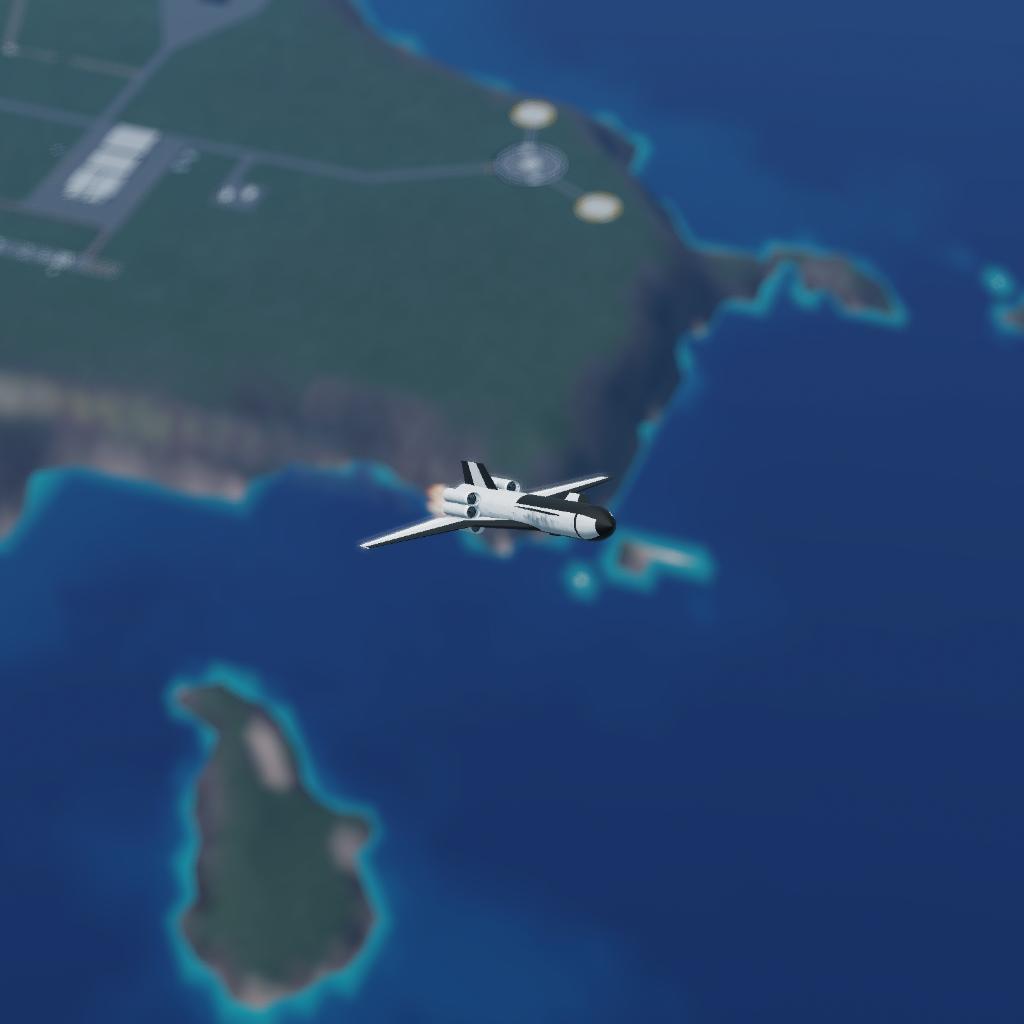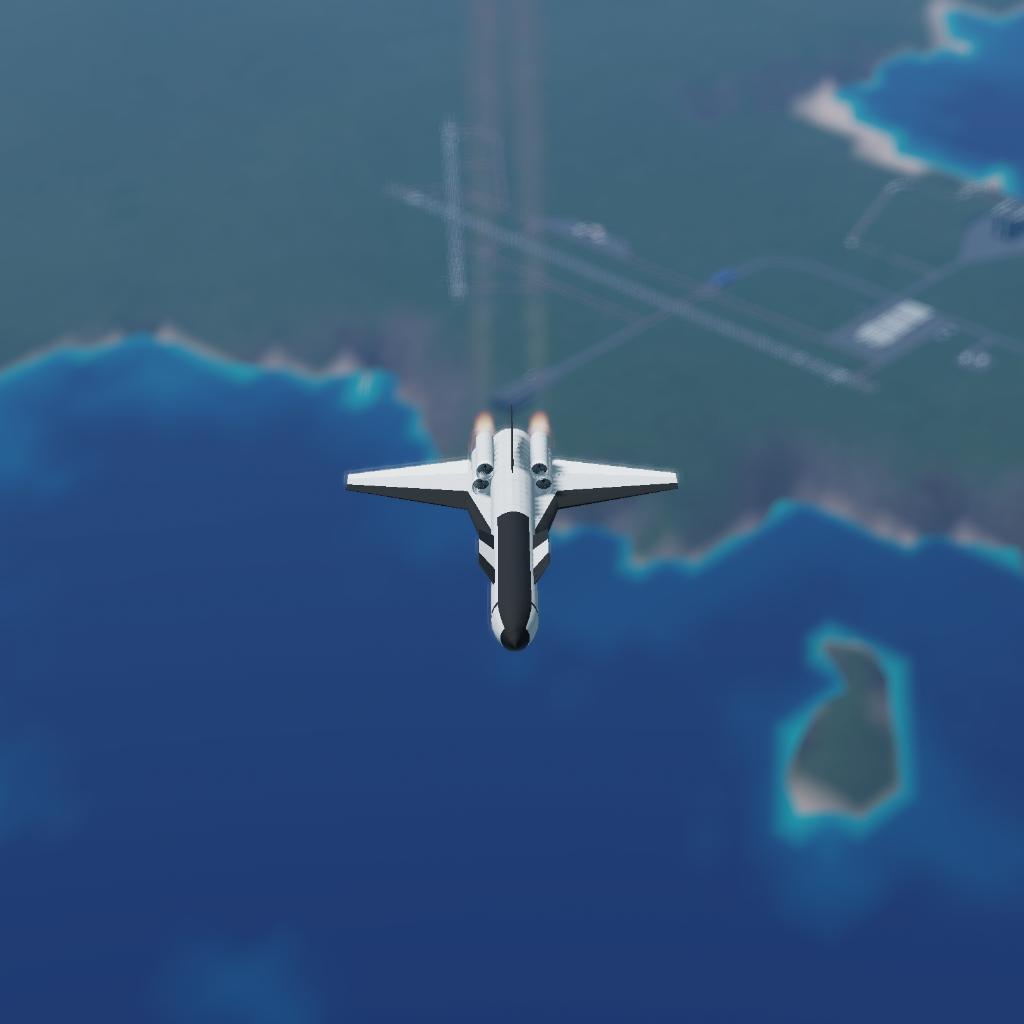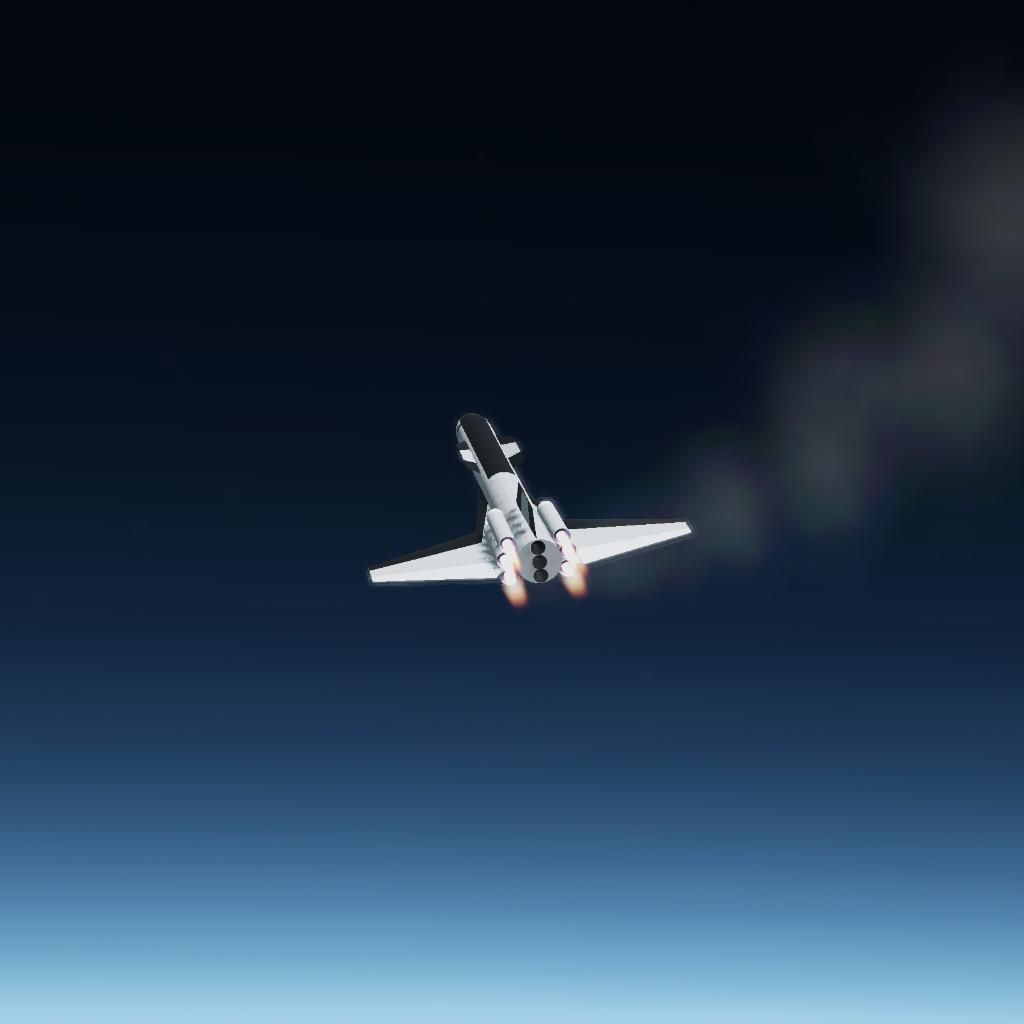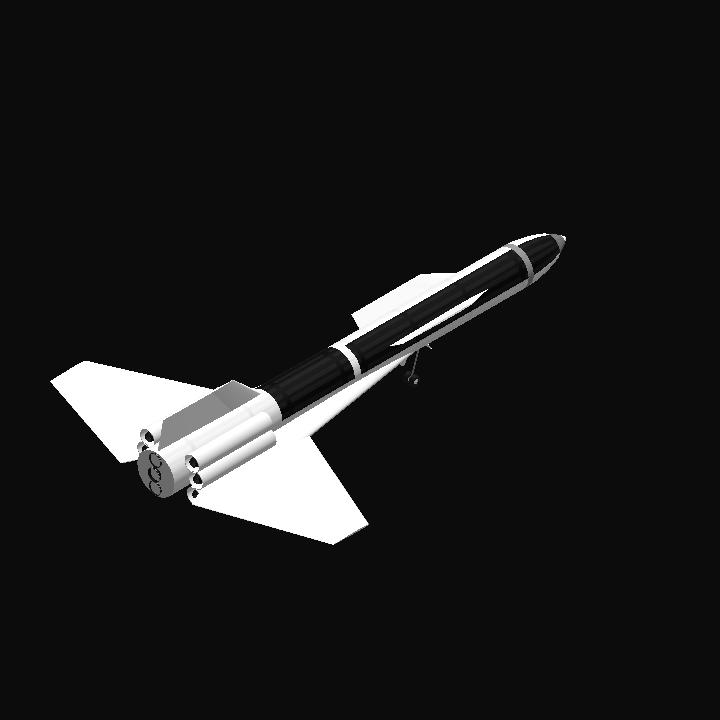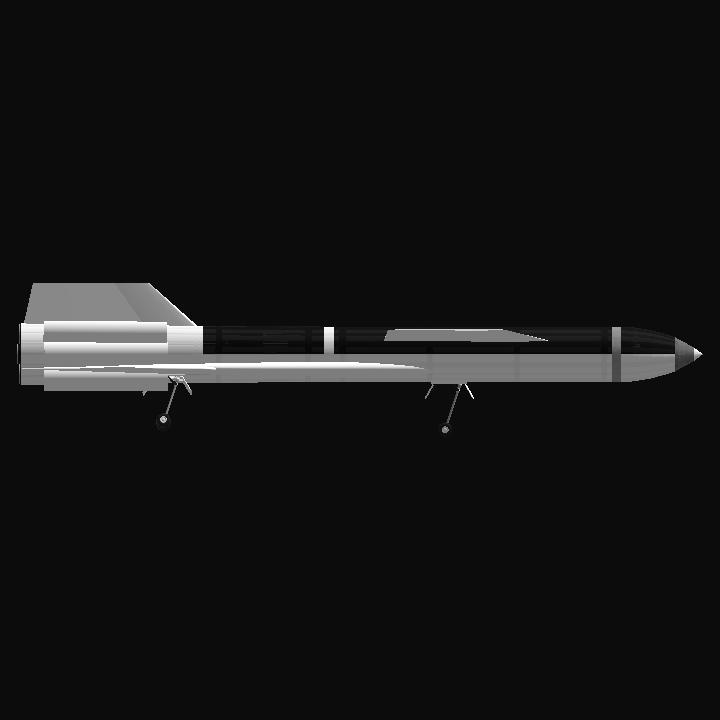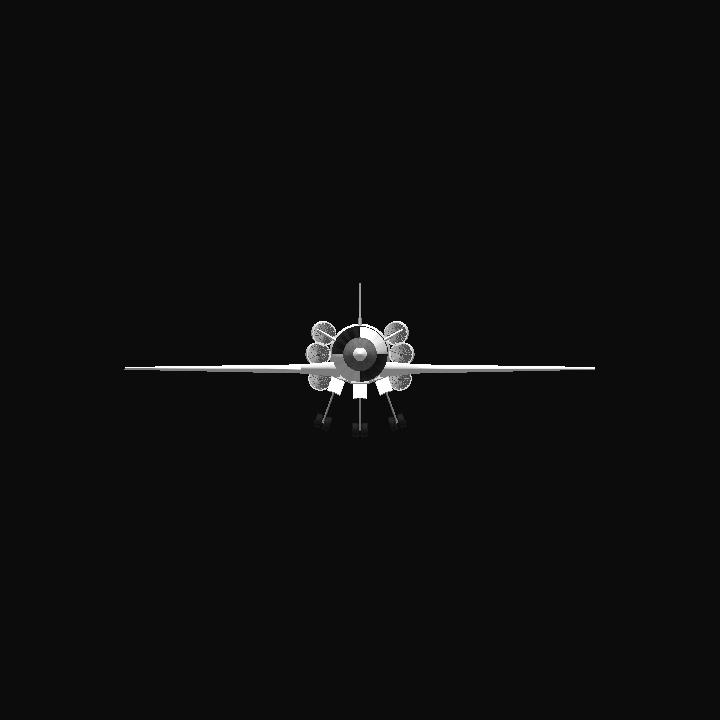History of the Vera Planetary VP-91 SSTO
The Vera Planetary VP-91 was an ambitious attempt at creating a Single Stage to Orbit (SSTO) spacecraft designed for both cargo and experimental payload delivery. Developed in the early 21st century by Vera Planetary, a private aerospace company, the VP-91 was built to bridge the gap between traditional reusable launch vehicles and fully operational spaceplanes.
Design and Features
The VP-91 featured a unique propulsion system comprising six low-bypass jet engines for atmospheric flight and three kerolox rocket engines for orbital insertion. This hybrid approach allowed it to take off horizontally like an aircraft, transition to rocket-powered ascent, and return to land on a runway, making it one of the most efficient SSTO concepts of its time.
Aerodynamically, the VP-91 was equipped with canards for improved pitch control and a trapezoidal delta wing, providing both stability and maneuverability across different flight regimes. The craft also included a cargo bay positioned near the engines, allowing it to carry satellites, scientific instruments, or small payloads for space deployment.
Development and Experimental Variants
The development of the VP-91 was marked by extensive experimentation. Vera Planetary produced 12 experimental variants, each incorporating different modifications, such as alternative wing designs, upgraded thermal protection, and variations in engine configurations. However, only one version of the VP-91 made it into full production.
The most successful variant, designated VP-91B, had optimized aerodynamics, improved heat shielding, and an advanced fuel management system, enabling it to achieve a reliable turnaround time for multiple missions.
Operational History
The VP-91B entered operational service for a short period, conducting a handful of missions primarily focused on satellite deployment and technology testing for future spaceplane designs. While it proved the feasibility of an SSTO system, economic constraints, rapid advancements in alternative launch methods, and operational complexity limited its long-term viability.
Despite its brief service life, the VP-91 left a lasting impact on SSTO research and influenced later aerospace projects, demonstrating that a hybrid jet-rocket spaceplane could achieve controlled and reusable space access.
GENERAL INFO
- Created On: Android
- Game Version: 1.3.204.1
- Price: $74,748k
- Number of Parts: 38
- Dimensions: 10 m x 29 m x 43 m
PERFORMANCE
- Total Delta V: 680m/s
- Total Thrust: 1.6MN
- Engines: 9
- Wet Mass: 2.83E+5kg
- Dry Mass: 56,309kg
STAGES
| Stage | Engines | Delta V | Thrust | Burn | Mass |
|---|---|---|---|---|---|
| 1 | 6 | 0m/s | 0N | 0s | 2.83E+5kg |
| 2 | 3 | 680m/s | 1.6MN | 1.7m | 2.83E+5kg |

